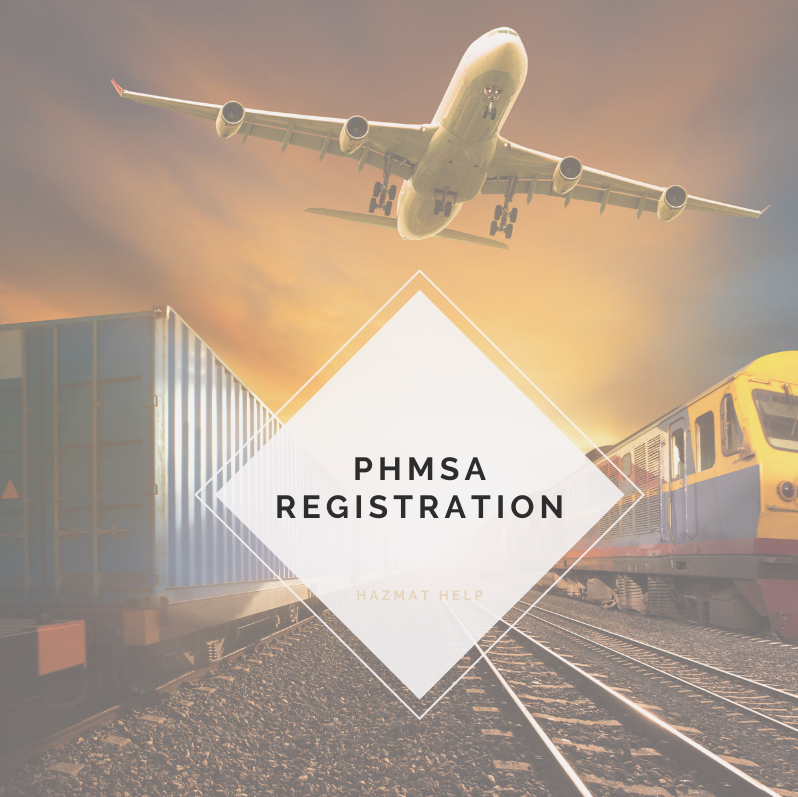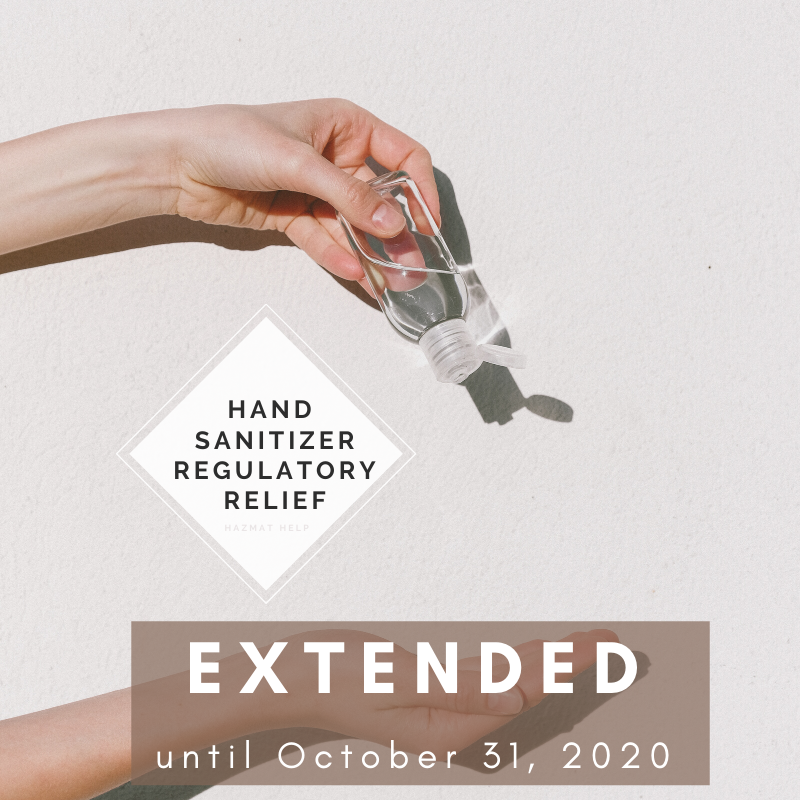
PHMSA HazMat Registration is due for 2020-2021. Registration is valid from July 1 – June 30.
Who needs to register?
You must register if you are a person who offers for transportation or transports in commerce a shipment containing any of the following categories of hazardous materials (including hazardous wastes):
- A highway route-controlled quantity of a Class 7 (radioactive) material, as defined in 49 CFR 173.403. A “highway route-controlled quantity” may be shipped by highway, rail, air, or water.
- More than 25 kilograms (55 pounds) of a Division 1.1, 1.2, or 1.3 (explosive) material (see 49 CFR 173.50) in a motor vehicle, rail car, or freight container.
- More than one liter (1.06 quarts) per package of a material extremely toxic by inhalation (that is, a “material poisonous by inhalation” that meets the criteria for “hazard zone A” as specified in 49 CFR 173.116(a) for gases or 173.133(a) for liquids).
- A hazardous material (including hazardous wastes) in a bulk packaging having a capacity equal to or greater than 13,248 liters (3,500 gallons) for liquids or gases or more than 13.24 cubic meters (468 cubic feet) for solids. Please note that a person who offers or transports a hazardous material in a bulk packaging with a capacity greater than 3,500 gallons or 468 cubic feet must register, even if placards are not required (for example, a Class 9 material).
- A shipment in other than a bulk packaging of 2,268 kilograms (5,000 pounds) gross weight or more of one class of hazardous materials (including hazardous wastes) for which placarding of a vehicle, rail car, or freight container is required for that class.
- A quantity of hazardous material that requires placarding. The placarding requirements are set forth in 49 CFR 172 Subpart F and summarized on
our website. Note that the transportation of any quantity of a hazardous material, other than Division 6.2 and Class 9 materials, in a bulk packaging requires placarding and therefore registration. This includes residues that remain in an un-purged tank truck or rail tank car. Persons who return such packagings are required to register as offerors of a placarded shipment of hazardous materials.
What does registration cost for 2020-2021?
Small business and non profits – $275
Not small businesses – $2600
How to register?
PHMSA has put together this guide to answer your registration questions.
Register online here.
Regulations regarding PHMSA registration are found in 49 CFR 107.601-107.620.
If you have any questions regarding hazardous materials registration, please let me know. We will be happy to assist you with your hazmat questions. Contact me at hello@hazmathelp.com or (704) 573-0955.

Christine Holloway-Clare is the Vice President of Safety Specialists, Inc. She has been assisting customers comply with the hazardous materials regulations for over 20 years.
Safety Specialists, Inc. offers a wide range of hazardous materials transportation training and consulting options. Online training is available. Monthly online classes for DOT, IATA and IMDG available. Join one today.



